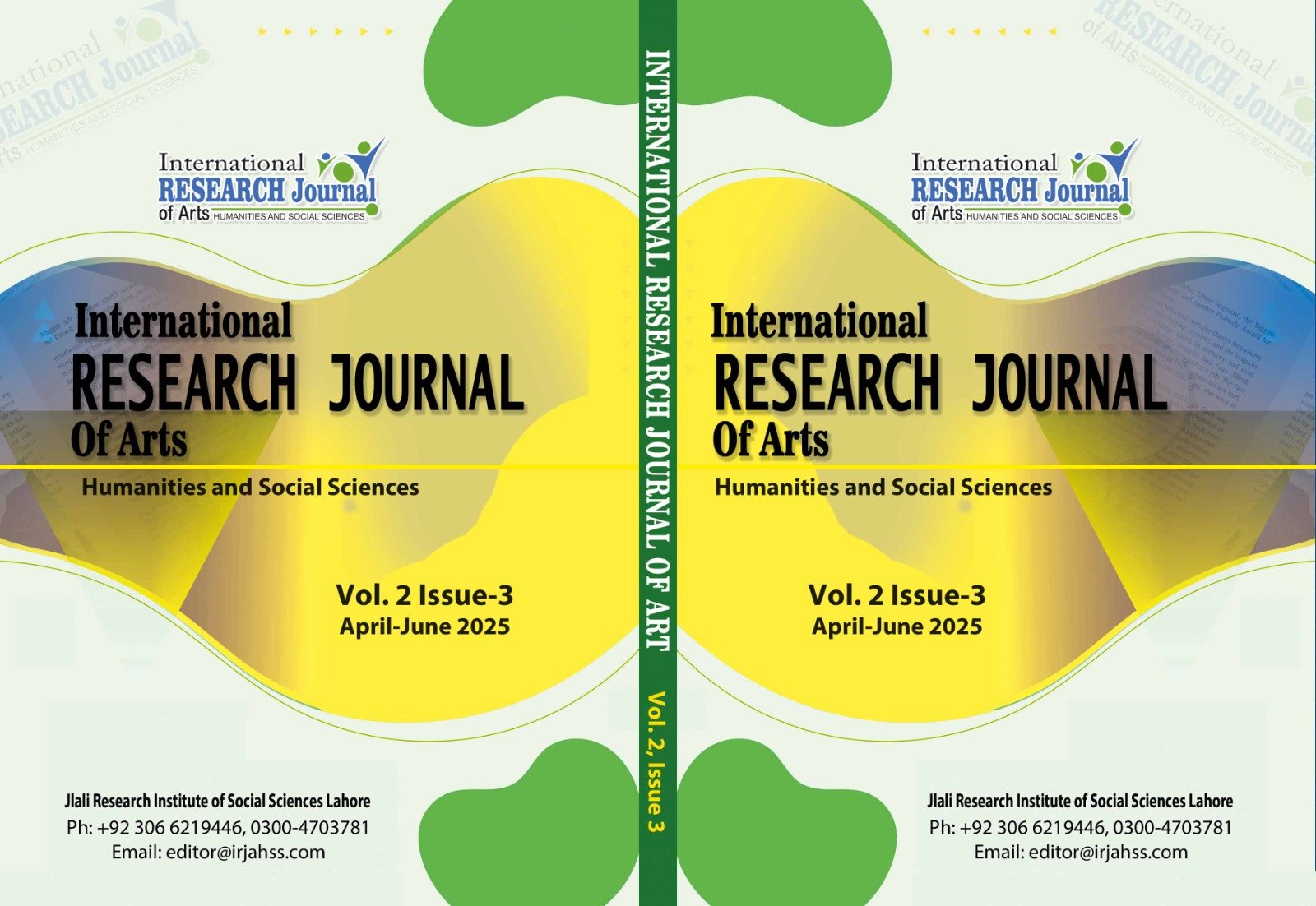Islamic Motifs and Sacred Geometry: Symbolism and Interior Design in the Wazir Khan Mosque, Lahore (1634–1641 CE)
Abstract
The paper explores the profound relationship between Islamic sacred geometry, symbolic motifs, and the spiritual function of interior design within sacred architecture. The aim of the study is to decode the symbolic language embedded in the geometric and vegetal patterns that adorn the interiors of the Wazir Khan Mosque—one of the most celebrated examples of Mughal sacred architecture in South Asia.This research holds significance as it bridges the disciplines of interior design, Islamic art history, and spiritual aesthetics, offering insight into how visual elements are purposefully employed to evoke divine presence, guide contemplation, and construct a transcendental spatial experience. Through the lens of Islamic philosophy and metaphysical symbolism, the study reveals how recurring motifs—such as star polygons, arabesques, and calligraphic bands—serve not only as aesthetic features but as representations of unity, infinity, and divine order. The methodology combines visual analysis of architectural elements, semiotic interpretation of motifs, and historical contextualization using primary and secondary sources on Islamic art and architecture. The case study focuses on interior elements such as kashikari (glazed tilework), frescoed domes, muqarnas, and the mihrab to uncover the layered meanings behind their spatial arrangement and ornamentation. Findings indicate that the mosque's interior is not a passive decorative space but an active embodiment of Islamic cosmology, where geometry and light direct the worshipper toward spiritual elevation. The conclusion highlights the enduring relevance of Islamic design principles in creating sacred environments that harmonize function, form, and faith. The paper recommends further interdisciplinary research on regional Islamic architectural heritage, and advocates the revival of sacred geometry as a tool in contemporary spiritual interior design practices.
Downloads
Downloads
Published
Issue
Section
License
Copyright (c) 2025 International Research Journal of Arts, Humanities and Social Sciences

This work is licensed under a Creative Commons Attribution 4.0 International License.
Disclaimer: The International Research Journal of Arts, Humanities and Social Sciences (IRJAHSS) upholds the principles of open access, ensuring unrestricted access to scholarly content to foster the sharing and advancement of knowledge. The opinions expressed in the articles solely belong to the authors and do not necessarily reflect the views or policies of the journal's editorial team, editorial board, advisory board or research institute.






